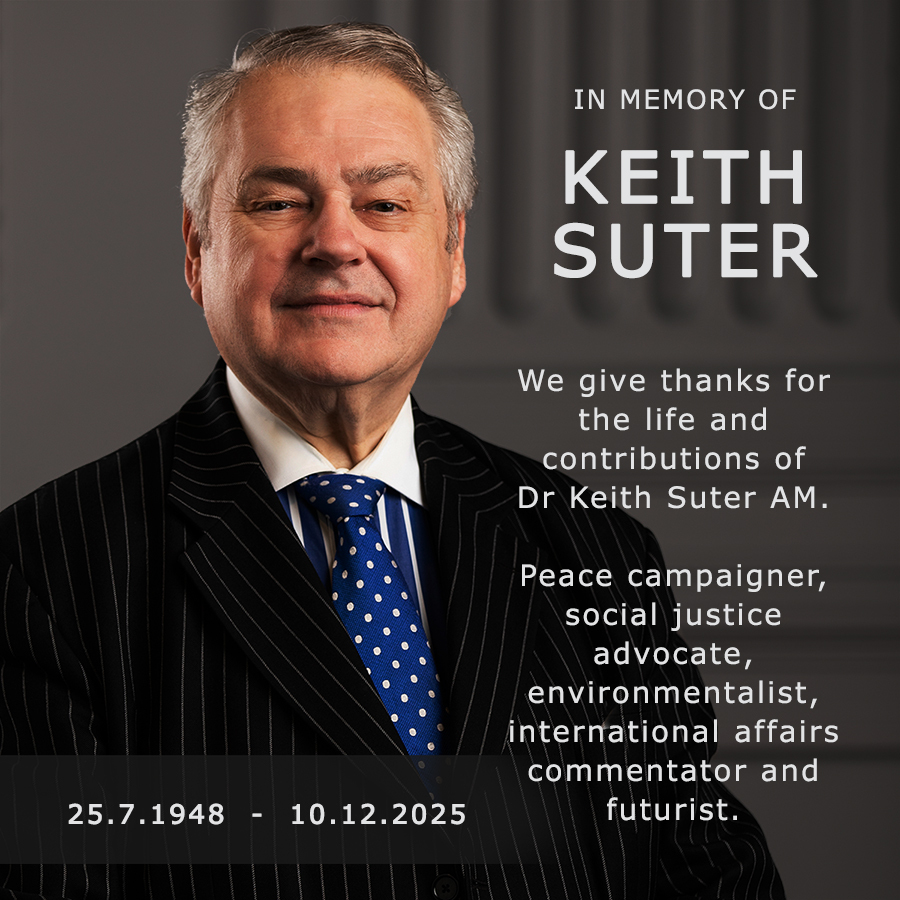
Tollways
November 4, 2008
Sydney is now one of the most tolled cities in the world. The United States is having the same sort of debate that Sydney is now doing over whether tollways are the right way to go. Americans pay taxes – they do not want to pay road tolls as well. The idea of a private for-profit tollway is still unusual for most Americans.
The biggest road building programme in US history came in 1956. President Eisenhower (1953-61), the World War II military hero, had seen how Germany had prepared for war in the 1930s with a network of modern highways that enabled troops and equipment to move across the country.
Germany has long pride itself on not having had a large network of tollways. The last ones were in the Middle Ages. Roads are seen as a modern government responsibility. Hitler expanded the roads and created a “People’s Car” (Volkswagen) to travel on them.
All these developments stayed in Eisenhower’s memory when he entered the White House. 1956 was the height of the Cold War. The president asked Congress to finance a tax-supported network of roads to crisscross the country as part of the US’s military effort to defend itself against a Soviet attack.
This coincided with the “baby boom,” as young parents were moving out of the crowded inner cities and into suburbs to look after their new families. It also coincided with a massive upsurge in car ownership and so there was a growing demand for more roads.
All these trends came together with the federal Interstate highway programme. The Eisenhower Administration poured funds into the states to enable them to build the world’s most sophisticated highway system. Federal funds could not be used where tolls were charged. The freeways were the largest public works programme in US history. 41,000 miles of highway were created.
Since 1982, the US population has grown by 19 per cent, the number of registered motor vehicles has increased by 36 per cent and the vehicle miles travelled have jumped by 72 per cent. During the same period, the country’s road building capacity has increased by less than five per cent. More than half of the country’s roadways now experience significant traffic congestion.
Americans still love their cars. But they are sick of everyone else’s.
Therefore state governments are now using new tollway systems to raise revenue to pay for the maintenance of the roads. There are worries that the roads are now old and need a lot of money for their upgrades. Voters are unwilling to pay extra taxes – and so they will have to pay tolls.
The US now has 5,000 miles of toll roads and bridges in 31 states. Drivers are being assured that tolls are not another tax – they are simply a user’s fee.
Meanwhile, the technology of toll collection has greatly improved. One of the complaints against tollways was that they delayed vehicles because motorists had to slow down to make the payments at tollbooths. But now there are modern automatic techniques of toll collection. It is possible to pay with an “e-tag” on a pre-paid basis.
The world’s most technologically sophisticated toll highway is in Ontario, Canada. There are no tollbooths. Instead all vehicles are photographed when they enter and exit the highway and a monthly bill is sent to them.
It seems that new technology will transform tollways – both in how they are built and in how they are operated.

